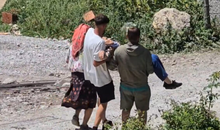
 Flash News
Flash News
From Venezuela to practice prostitution in Vlora, 3 girls under investigation
High-risk young man arrested in Fushë Kuqe (NAME)
Anti-drug action in Shkodra, who is the former police officer wanted by SPAK
SPAK action in Shkodra, 13 arrest warrants issued, including police officers
Requests freedom, date set for review of Meta's appeal
30 years since the Srebrenica massacre in Bosnia and Herzegovina
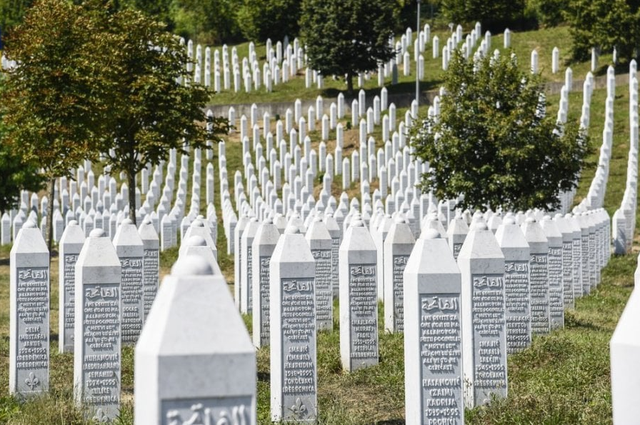
Today marks 30 years since the Srebrenica massacre in Bosnia and Herzegovina, described as one of the worst in Europe since World War II.
In July 1995, Bosnian Serb forces killed over 8,000 Muslim men and boys in the Srebrenica enclave, which had been designated a "safe place" by the United Nations.
On July 9, 1995, then-Serb leader Radovan Karadzic issued a new order to occupy Srebrenica. Troops surrounded the enclave and attacked Dutch peacekeepers, taking 30 of them hostage.
The next day, Bosnian Serb soldiers began shelling Srebrenica. Dutch forces threatened the Serbs with NATO air strikes if they did not withdraw by morning.
And the next day, NATO planes bombed Serbian tanks outside Srebrenica. Serbian forces threatened to resume the bombing and kill captured Dutch soldiers. The airstrikes stopped, and on the evening of July 11, Bosnian Serb commander General Ratko Mladic entered Srebrenica.
About 30,000 Muslim refugees gathered around the Dutch peacekeeping base in Potocari, north of the town of Srebrenica, after Bosnian Serb forces took control of the safe zone.
Mladic tried to calm them down by telling them they had nothing to fear. Bosnian Serb forces put the frightened refugees on buses, ostensibly to flee. Many of the refugees were evacuated to Kladanj, 50 kilometers away, and from there they began walking to find a safe haven.
The United Nations noticed that most of the refugees arriving from Srebrenica were women, children, and the elderly, and began to worry about the fate of the men.
About 15,000 Bosnian Muslim soldiers and civilians fled Srebrenica at night, trying to reach Muslim-controlled territory. Many died from shelling and sniper fire.
In the week that followed the fall of Srebrenica, around 8,000 men and boys are thought to have been killed by Bosnian Serbs and buried in mass graves.
Even more than two decades after the killings, mass graves continue to be found. Identifying the victims is difficult, as the bodies were dismembered by the excavators that dumped them in the graves. Every year on July 11, the remains of those identified during the past year are buried at the Potočari Memorial Center.
Latest news

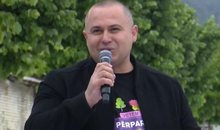

From Venezuela to practice prostitution in Vlora, 3 girls under investigation
2025-07-11 14:30:44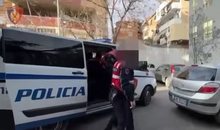
High-risk young man arrested in Fushë Kuqe (NAME)
2025-07-11 14:17:52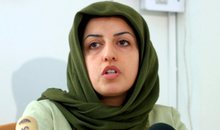
Iranian Nobel Peace Prize winner receives death threats from Tehran
2025-07-11 14:08:57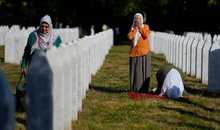
Seven victims buried on 30th anniversary of Srebrenica genocide
2025-07-11 13:58:04
Dinners after 8:00 PM harm the body and sleep, what the study shows
2025-07-11 13:56:27

The question is not "how many there are", but who are the "advisors"...?
2025-07-11 13:40:09

Gramsh/ Landslide, 58-year-old dies
2025-07-11 13:27:31
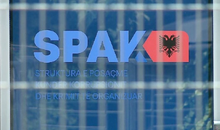
Anti-drug action in Shkodra, who is the former police officer wanted by SPAK
2025-07-11 13:11:40
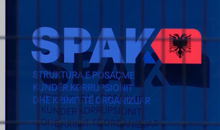
SPAK action in Shkodra, 13 arrest warrants issued, including police officers
2025-07-11 12:53:55
Requests freedom, date set for review of Meta's appeal
2025-07-11 12:42:40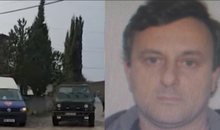

Albania's anti-disinformation strategy could undermine free media
2025-07-11 12:26:14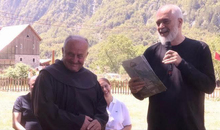


Dervish's Irony: Why are 30 advisors few for a water supply director?
2025-07-11 11:58:20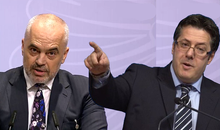

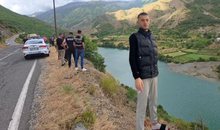
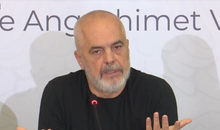
Rama's ultimatum: On Monday, all heads of administrative units must be dismissed
2025-07-11 11:05:59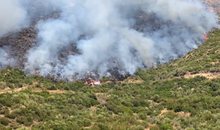
Fires in the country, 4 fires still active, what is the situation?
2025-07-11 10:56:23
Government irony: Rama strips Dredha of power, then demands law and order
2025-07-11 10:49:10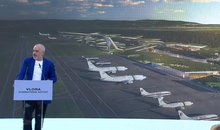
German media: Vlora Airport 'kills' one of Europe's largest wetlands!
2025-07-11 10:37:46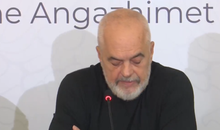
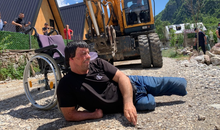
Amid the Alps in Theth, the law punishes even those who try to respect it
2025-07-11 10:14:16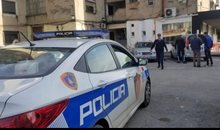
Wanted for theft, 26-year-old arrested in Durrës
2025-07-11 10:03:29
After the dismissals, Rama gathers the mayors in Durrës
2025-07-11 09:42:29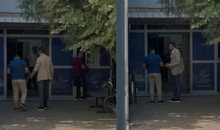
Released on bail, Salianji appears before the Probation Service
2025-07-11 09:34:28

Haxhi Qamil Rama and the directors of the Municipalities!
2025-07-11 09:21:35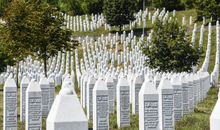
30 years since the Srebrenica massacre in Bosnia and Herzegovina
2025-07-11 09:10:52
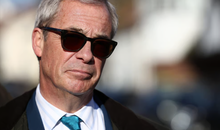
From rhetoric to brandy, POLITICO: 9 things Nigel Farage can do in Albania
2025-07-11 08:53:35
Trump announces 35% tariffs on Canadian goods
2025-07-11 08:39:29
Foreign exchange, how much foreign currencies are sold and bought today
2025-07-11 08:24:25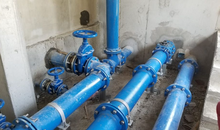

Horoscope, what do the stars have in store for you today?
2025-07-11 07:59:39
Sun and high temperatures, weather forecast
2025-07-11 07:41:09
Morning Post/ In 2 lines: What mattered yesterday in Albania
2025-07-11 07:20:14
Zhupa: In Theth, some Austrian strategic investors want the empty area
2025-07-10 22:57:08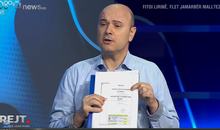
Malltezi: SPAK admits, we are in a process that began with Balla's false report
2025-07-10 22:34:16

Si të çliroheni nga bllokimet emocionale me anë të ushtrimeve
2025-07-10 21:57:24

Lala: Veliaj wanted to return as mayor
2025-07-10 21:40:46
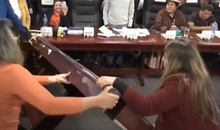
VIDEO/ Brawl in Bolivian parliament, deputies physically clash
2025-07-10 21:20:30

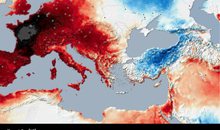
Albania experienced one of the longest heat waves of the last decade
2025-07-10 21:01:09

The Government approves new procedures for declaring residence in e-Albania
2025-07-10 20:39:32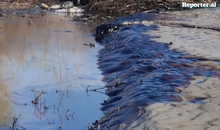

Koka: Northerners will not forget Edi Rama's racist operation in Theth
2025-07-10 20:18:24
The 3 zodiac signs that will be most affected by the 'Full Moon' of July 10
2025-07-10 20:04:49
New director of the National Center of Cinematography appointed
2025-07-10 19:51:12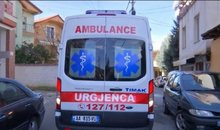
Korça/ 40-year-old man jumps from fifth floor balcony, in critical condition
2025-07-10 19:40:19
'Tired Woman'/ The Syndrome That Affects Thousands of Women Every Day
2025-07-10 19:34:02
Jane Birkin's original Hermès bag sells for $10 million
2025-07-10 19:26:22

Britain-Ukraine agreement signed for 5,000 Thales missiles
2025-07-10 19:00:25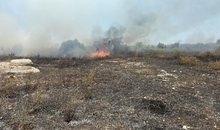
Fire in Zvërnec, flames endanger two hotels
2025-07-10 18:57:19
Croatia restores compulsory military service
2025-07-10 18:39:01
Spahia: The great truth of the strong accusation of the residents of Theth
2025-07-10 18:35:07
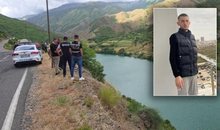

The Supreme Court left him in prison, Meta addresses the 'Constitution'
2025-07-10 17:57:21
New punishment with 'new' regulations
2025-07-10 17:54:46
EU translator fired over fears for Zelenskyy's safety
2025-07-10 17:45:37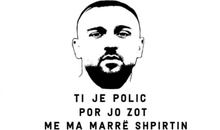
'You are a policeman, but not God, take my soul', protest for Agon Zejnullahu
2025-07-10 17:41:21

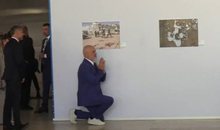
Video/ Rama repeats the scenario, kneels before Meloni again
2025-07-10 16:56:31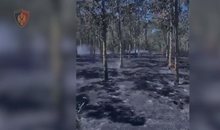
He set fire to a plot of olive trees, 50-year-old man arrested in Shijak
2025-07-10 16:46:19

Rubio: US and Russia have exchanged new ideas for Ukraine peace talks
2025-07-10 16:36:20
Death of 27-year-old, Lipjan Police Commander Resigns
2025-07-10 16:21:28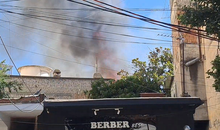
Video/ An apartment burns in Tirana near the New Bazaar
2025-07-10 16:09:36
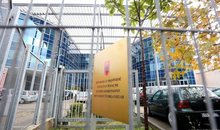

Jensila lights up the internet with her birthday greetings to Ledri
2025-07-10 15:42:08
They're full of pesticides! List of 12 products we need to be careful of
2025-07-10 15:31:04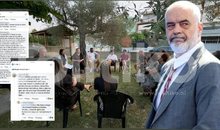
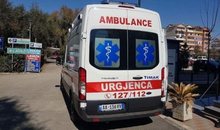
Worker falls from scaffolding in Shëngjin, urgently sent to Trauma
2025-07-10 15:11:03
Malltezi: Within one day they seized my accounts, properties and shares
2025-07-10 15:01:23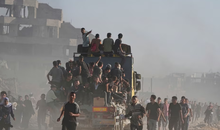
EU: Israel has agreed to more aid to Gaza
2025-07-10 14:55:19

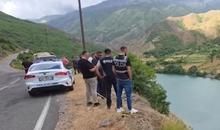
Murder of Reni Dobra, 23-year-old's vehicle pulled from the water
2025-07-10 14:29:23
Trump's tariffs on Brazil raise coffee prices
2025-07-10 14:16:07
Ursula von der Leyen survives no-confidence vote
2025-07-10 14:04:27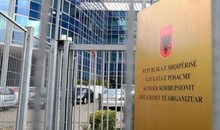
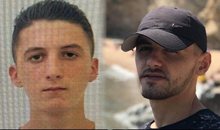
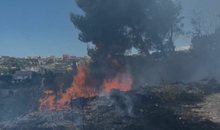
Fire in Lezha, flames near electrical substation
2025-07-10 13:32:24